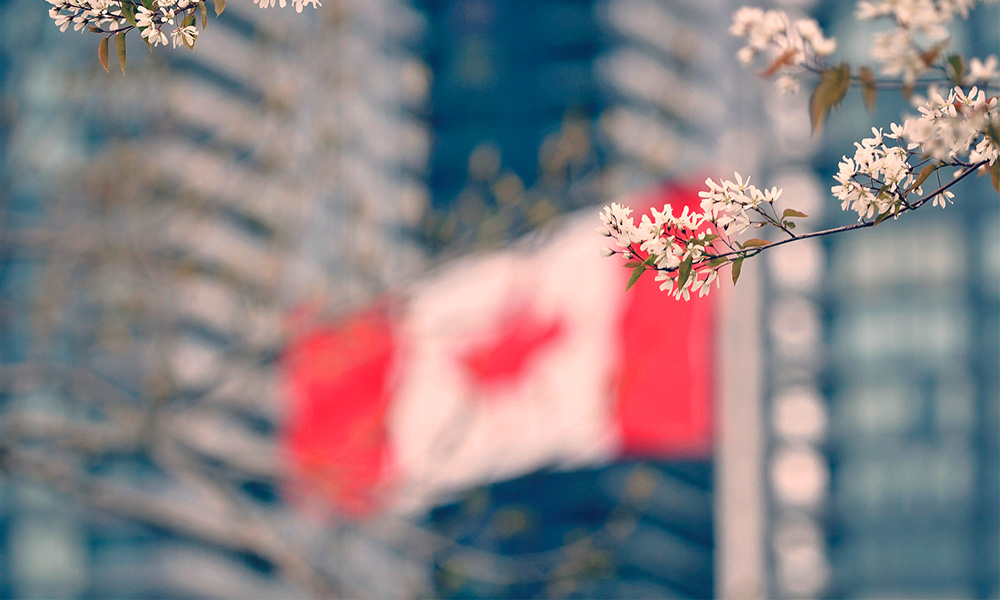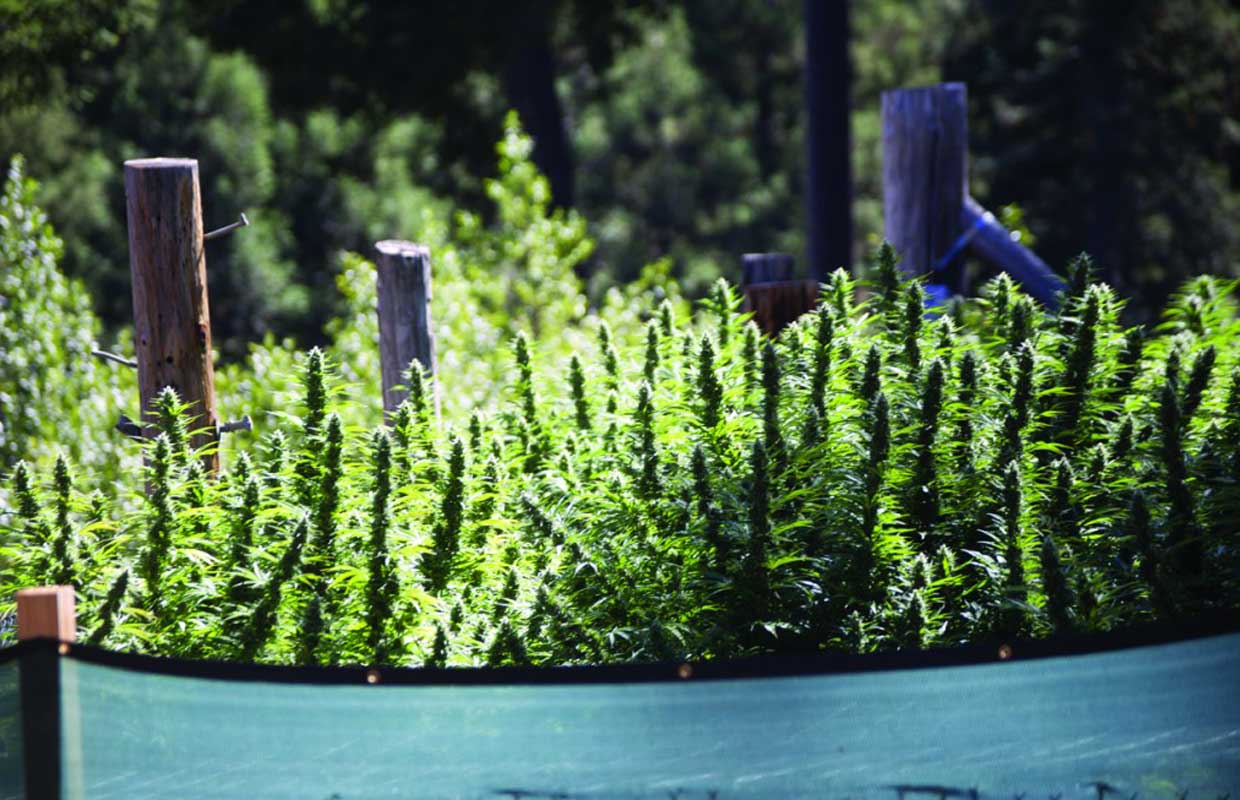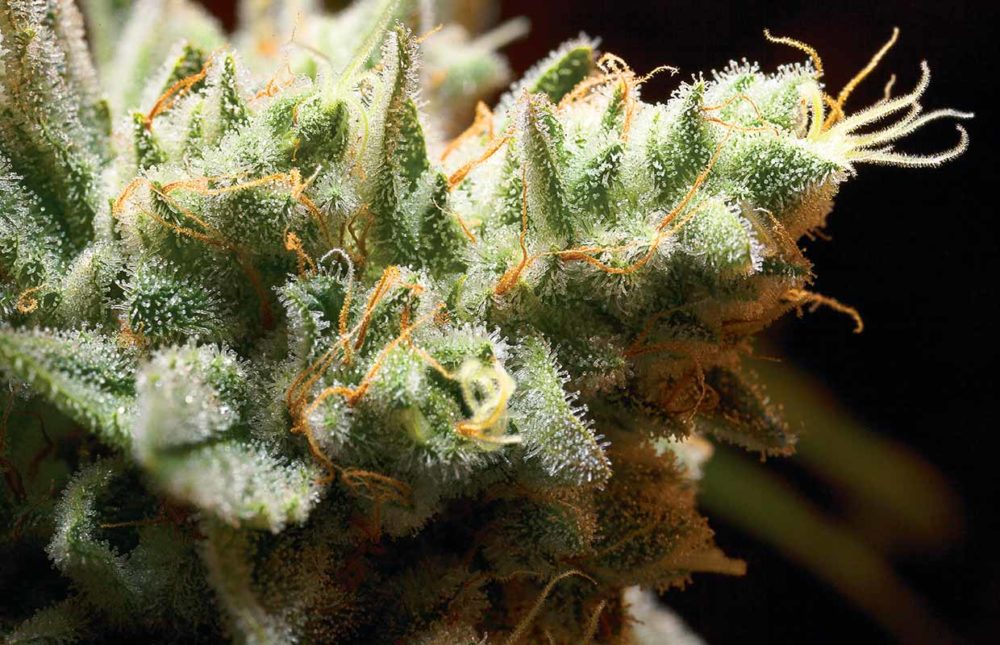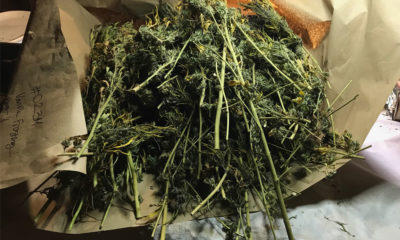
Cultivation
How to Grow Cannabis in Canada
An overview of Canadian cannabis cultivation.
Canada is on the verge of legalizing marijuana nationwide for recreational purposes. Through the guidance of Prime Minister Justin Trudeau, who believes bringing weed out of the underground will keep it out of the hands of children, the northern nation is set to become the second country in the world with enough guts to allow adults to use cannabis without the threat of legal repercussions. It is a situation, which, according to the latest reports, could allow Canadians to purchase marijuana (and eventually a variety of edible cannabis products) from retail dispensaries in a manner similar to beer later this summer.
This aspect of the legal weed has spawned excitement in those people who have never known a time where cannabis prohibition wasn’t the law of the land. In addition, the country’s newfound pot policy will also provide Canadian citizens with a unique freedom — the ability to bypass retail channels and grow their own small crop of cannabis plants at home for personal use.
It was last week, just ahead of the G-7 summit, that the Canadian Senate put its stamp of approval on C-45, the Cannabis Act. But the bill, which is intended to outline the course of marijuana legalization at the federal level, was slapped with around 40 amendments with respect to the various details of the upcoming cannabis market.
Included in this mess was an amendment pertaining to the subject of home cultivation. Although C-45 is designed to give Canadians the ability to grow up to four cannabis plants per household, lawmakers want to give individual provinces the freedom to impose prohibitions.
This means home pot gardens in some jurisdictions could end up getting banned. It is a concept that is not yet set in stone. The measure must now go back to the House of Commons for concurrence.
Prior to Senate approval, one conservative lawmaker fought to impose a nationwide ban on home grows. Fortunately, the majority found the proposal to be a bit extreme. Yet, if given the option, some provinces could end up preventing the locals from planting seeds.
Quebec and Manitoba have already said they have no interest in allowing citizens to grow weed.
Legal experts say the situation surrounding Canada’s home cultivation provision has the potential to get muddled. Shelley Brown, Senior Associate with Steinberg, Title, Hope and Israel LLP recently explained the approved Senate version to the Toronto Sun, saying the law, depending on how it all goes down, could eventually spawn an outbreak of legal showdowns.
“The draft bill enables individuals to grow four pot plants, and that’s the max,” he said. “That’s an acceptable limit that would not incur any kind of sanction, whether criminal at the federal level, or civil at the provincial level. It went to the Senate, and a conservative senator proposed that this be banned outright. In other words, across Canada, no plants could be grown by individuals. That was voted down.
“But, maybe in a compromise measure, they amended it to allow provinces to, on their own, enact provincial legislation,” he added. “This allows the individual province to prohibit pot plants from being cultivated on a personal basis.”
But the outcome of Canada’s home cultivation law really comes down to the final draft of C-45, Brown says. This could mean the difference between citizens having the right to dispute local rules or taking it on the chin.
“If this amendment is adopted by the federal government, then Quebec and Manitoba can go ahead with their plan and it won’t be problematic,” she told the Sun. “But if the amendment is not accepted, and Quebec and Manitoba still prohibit individual cultivation, that opens the door to constitutional challenges.”
There are other guidelines the federal government wants its citizens to adhere to when growing weed. While four cannabis plants will be acceptable, they will not be allowed any taller than slightly over 3-feet-tall. These plants will also need to be kept in a secure location away from public view. Failure to comply in the government’s grow laws could result in fines reaching thousands of dollars and even prison time. There is even a push in some areas by property owners to ban home cultivation in rental properties. This could disqualify apartment dwellers and other renters from participation.
When it comes to setting up personal cannabis grow spaces, including the proper lights and ventilation, there is a substantial investment. Some experienced growers estimate that Canadians interested in home cultivation should be prepared to spend $800 to $1,000 to get started.
TELL US, are you interested in trying to grow your own crop?




















